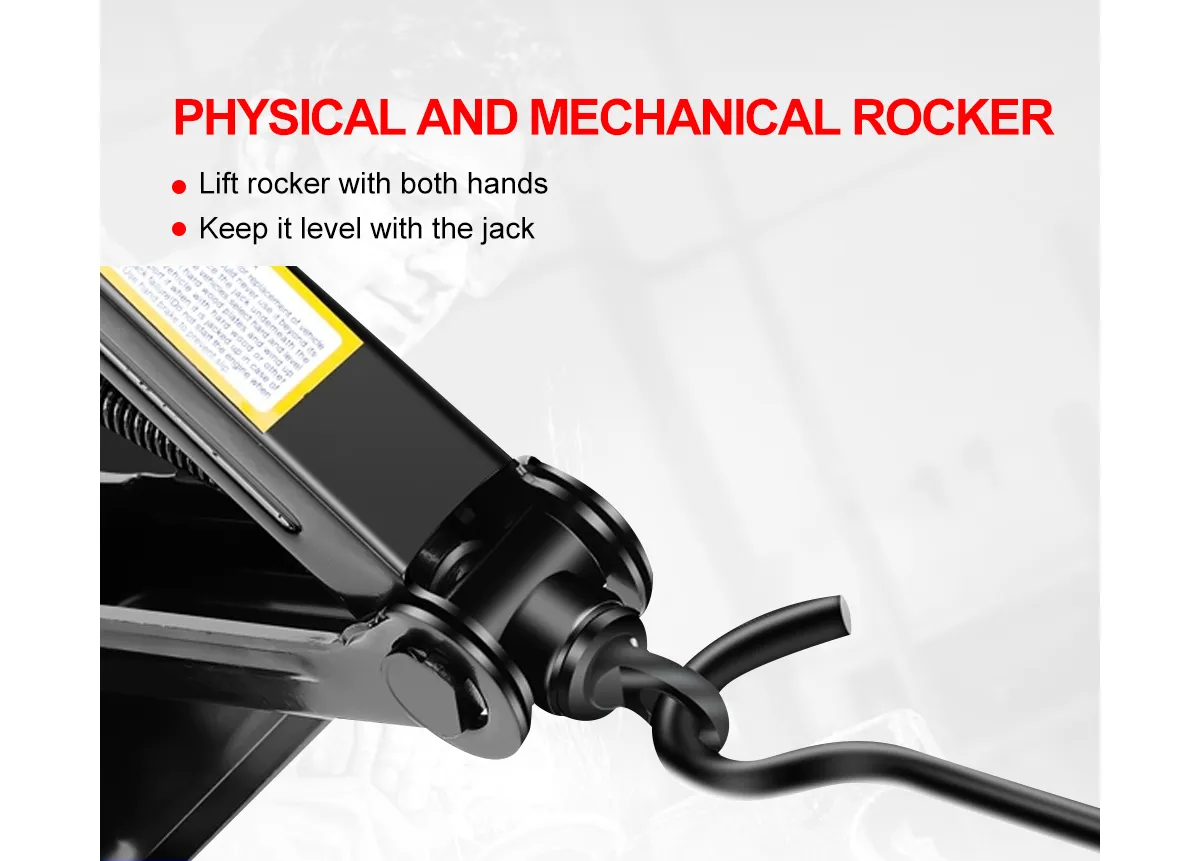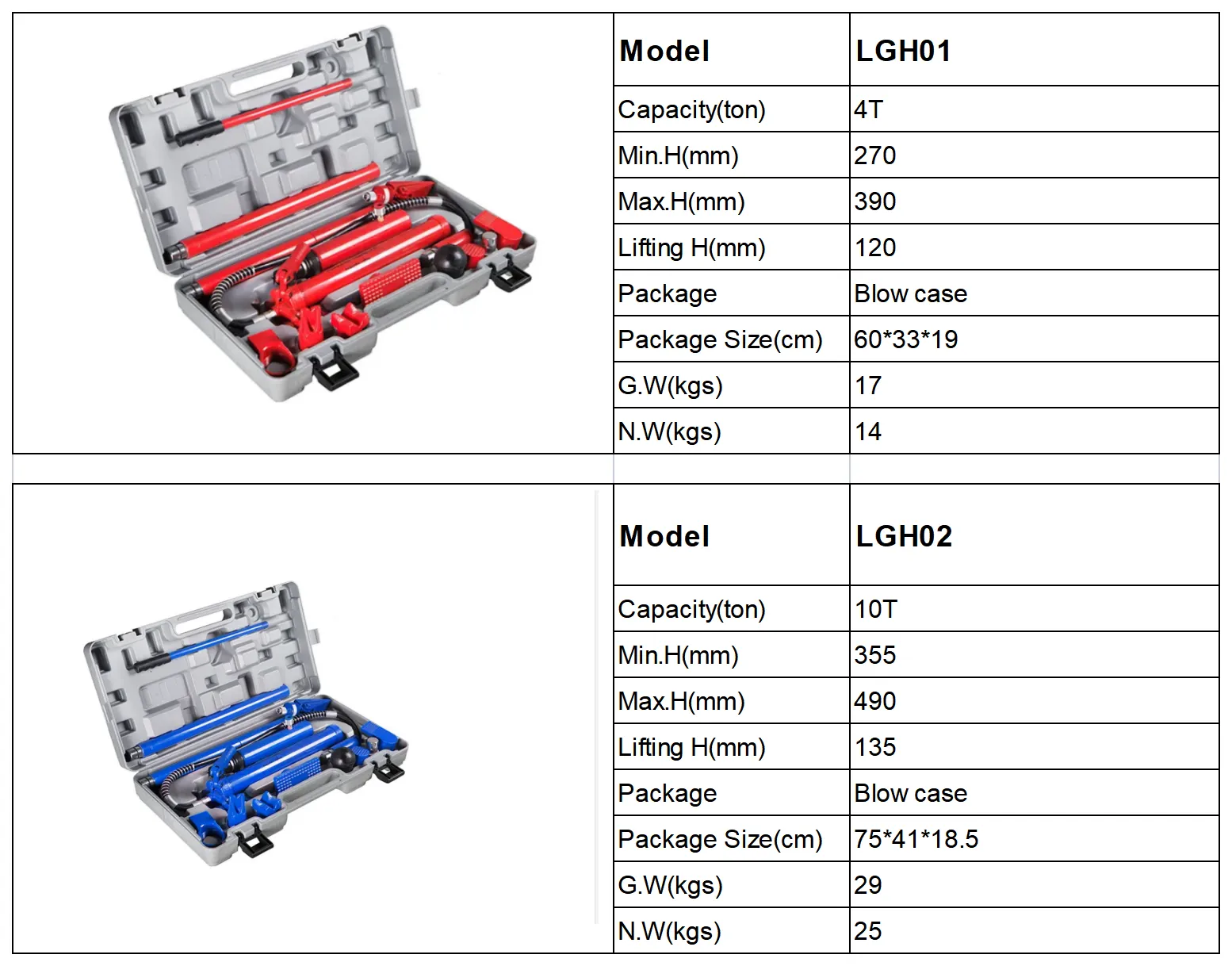1 月 . 09, 2025 11:28
Back To List
drywall panel hoist for sale
Finding the right drywall panel hoist can make all the difference in a construction project. Whether you're a seasoned contractor or a DIY enthusiast, investing in the right tools not only improves efficiency but also ensures safety and accuracy in your work. Among the plethora of products flooding the market, selecting a drywall panel hoist that meets your needs can be daunting. Here, we explore key considerations when purchasing a drywall panel hoist and share insightful experiences to guide you in making an informed decision.
Safety features are paramount when working with heavy materials overhead. Seek hoist models equipped with secure locking mechanisms to prevent accidental drops, non-slip platforms to stabilize the panel, and a wide base for added support. Safety should never be compromised, as accidents not only lead to costly project delays but can also jeopardize personal well-being. From an expertise perspective, regular maintenance and understanding the mechanical components of the hoist are crucial for longevity. Most manufacturers provide comprehensive manuals that detail maintenance routines—keeping the hoist lubricated, checking for signs of wear, and ensuring all parts are intact is essential. Professional contractors often stress the value of adhering to these guidelines, noting that it extends the life of the equipment and maintains optimal performance. Authority in this field is garnered through continuous research and firsthand experience. Reputable sources like industry-standard publications and reviews by certified professionals can offer additional insights into the best options available. Trust arises from transparency and accountability, so consider manufacturers with robust customer service, clear warranty offerings, and positive consumer feedback. In conclusion, choosing the right drywall panel hoist involves considering build quality, weight capacity, user-friendliness, and safety features. Incorporating expert advice and authoritative resources into your decision-making process ensures you select a product that not only meets but exceeds industry standards. By investing in a reliable hoist, you safeguard the quality and safety of your projects, reflecting professional expertise and creating trust with clients and stakeholders alike.


Safety features are paramount when working with heavy materials overhead. Seek hoist models equipped with secure locking mechanisms to prevent accidental drops, non-slip platforms to stabilize the panel, and a wide base for added support. Safety should never be compromised, as accidents not only lead to costly project delays but can also jeopardize personal well-being. From an expertise perspective, regular maintenance and understanding the mechanical components of the hoist are crucial for longevity. Most manufacturers provide comprehensive manuals that detail maintenance routines—keeping the hoist lubricated, checking for signs of wear, and ensuring all parts are intact is essential. Professional contractors often stress the value of adhering to these guidelines, noting that it extends the life of the equipment and maintains optimal performance. Authority in this field is garnered through continuous research and firsthand experience. Reputable sources like industry-standard publications and reviews by certified professionals can offer additional insights into the best options available. Trust arises from transparency and accountability, so consider manufacturers with robust customer service, clear warranty offerings, and positive consumer feedback. In conclusion, choosing the right drywall panel hoist involves considering build quality, weight capacity, user-friendliness, and safety features. Incorporating expert advice and authoritative resources into your decision-making process ensures you select a product that not only meets but exceeds industry standards. By investing in a reliable hoist, you safeguard the quality and safety of your projects, reflecting professional expertise and creating trust with clients and stakeholders alike.
Prev:
Products categories
Latest News
-
Unlock the Power of the Spring Compressor for Your Projects
NewsApr.01,2025 -
Unlock the Power of Safe and Efficient Compression with the Spring Compressor
NewsApr.01,2025 -
Unlock Maximum Efficiency with the Spring Compressor
NewsApr.01,2025 -
Maximize Efficiency and Safety with the Spring Compressor
NewsApr.01,2025 -
Discover the Efficiency of the 2 Ton Foldable Shop Crane: A Must-Have for Auto Repair and More
NewsApr.01,2025 -
Discover the Best Spring Compressor for Your Needs
NewsApr.01,2025 -
Unlock the Full Potential of Your Workspace with the Tools Trolley
NewsMar.21,2025















